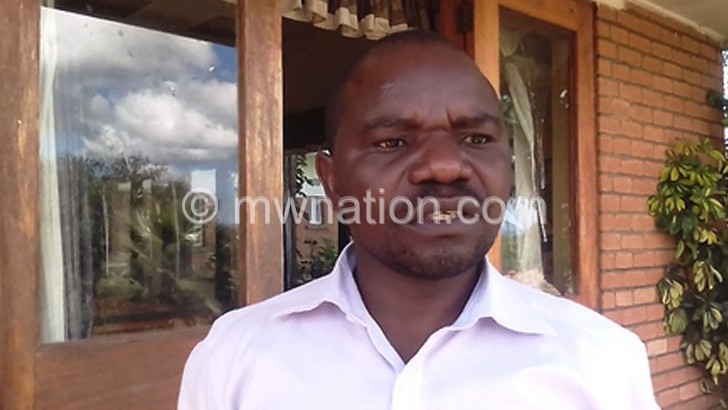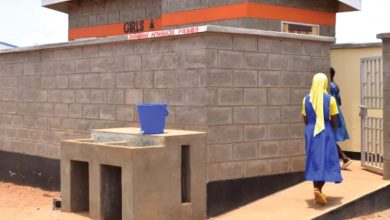Gains in mother to child HIV transmission
In 1999, Malawi was at a peak in the mother to child transmission (MTCT) of HIV. This coincided with the rate of new adult infections the same year. About 27 000 babies acquired HIV from their mothers, National Aids Commission (NAC) says.
Thirty-seven-year-old Matilda Phiri (not real name) from Namitete Village, Traditional Authority (T/A) Kalolo in Lilongwe had no idea that one day she would be among pregnant women living with the virus.

It happened eight years later on December 27 2007. She tested positive while three months pregnant.
“I had gone to Lighthouse Hospital at Lilongwe Central after being sick for weeks. They told me to go for cervical cancer screening and HIV testing. While I tested negative to cervical cancer, I tested positive to HIV,” she says.
Her husband comforted her and a week later he also went for testing. He tested positive too. The nurse encouraged her to start going to the under-five clinic and take anti-retroviral (ARV) drugs.
When the nurse told her to eat nutritious food since she was on ARV drugs, she left Lilongwe for Blantyre to live with her parents since her husband was unemployed.
“I told my parents that I needed proper diet due to my condition. They accepted and encouraged me to continue going to the under-five clinic,” she recalls.
Phiri went to Chilomoni Health Centre where she met Dream activists who tested her again. They took her to Dream Clinic in Mandala, Blantyre on January 23 2007.
“I welcomed her that day and started helping her by being close to her and assisting her on drugs adherence since that is the only way to prevent the child from HIV infection,” says Jane Gondwe, Dream Centre coordinator also working as health testing provider.
She remembers that Phiri’s condition was not good since she was sick and the pregnancy just made things worse. At Dream she continued taking ARVs. She was seven months pregnant and she had low CD4 count.
National Aids Commission (NAC) spokesperson Karen Msiska says pregnant women who are positive need anti-retroviral prophylaxis which fosters prevention of HIV to children.
“This initiative was introduced around 2002 in the country. However, the regimen given was not very effective and access to such initiatives remained sub-optimal until 2011when Malawi invented the Option B+ for PMTCT,” he says.
Under Option B+ all HIV infected pregnant and breast feeding women are placed on the life-prolonging anti-retroviral therapy (ART). This is done regardless of their CD4 count, says Msiska.
That is why Phiri continued taking drugs up to the time she went to Queen Elizabeth Central Hospital for delivery. She gave birth to a girl whom she named Deborah.
At the onset of her labour, she was given Nevirapine—a medication used to treat and prevent HIV and Aids. A second dose was given to her baby. She followed all the procedures. When the child was six months old, the doctor advised her to stop breastfeeding thye child to prevent her from getting the virus.
At this point the baby tested negative. She was tested again after a year. When she was one year and five months old she was tested at Dream Centre again. She was negative.
“So they told me that the child was fine. I was very happy to hear it,” she says.
Such is the success story of preventing HIV infections from mother to child.
“This year 2017, fewer than 4 000 babies are estimated to have contracted the HIV from their mothers. We envisage that by 2020, the number will drop to below 2500,” says Msiska.
NAC has been working with government and civil societies on implementation of HIV and Aids prevention, treatment, care and support programmes at national and community levels.
Gondwe says every year Dream Clinic in Blantyre helps close to 1 500 women on prevention of MTCT.
“In our programme 98.2 percent of mothers who come here give birth to HIV negative children,” she explains.
But the country has not just achieved this feat without sweating. There have been a number of challenges that have been encountered thus far.
“At the onset of Option B+ for PMTCT, the policy put forward by the Ministry of Health and Population was not recommended by the World Health Organisation (WHO) as it was deemed too radical. No other country in Africa had considered that model for PMTCT,” Msiska says.
However, the country is moving in the right direction. According to WHO, the risk of a mother transmitting HIV to a child during pregnancy, child birth and breastfeeding is as low as five percent.
“So our challenge remains dealing with that five percent,” Msiska explains.
It is interesting to note that Malawi’s Option B+ model informed the current global HIV treatment policy.
Meanwhile, Deborah, ten, is learning at Chilomoni LEA School, thanks to the initiative of preventing infection from mother to child.




